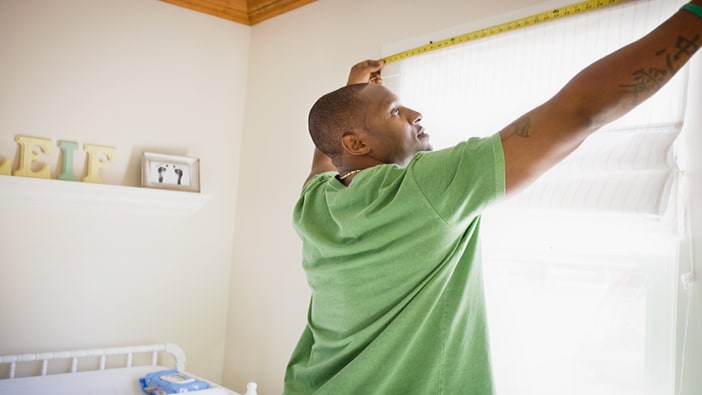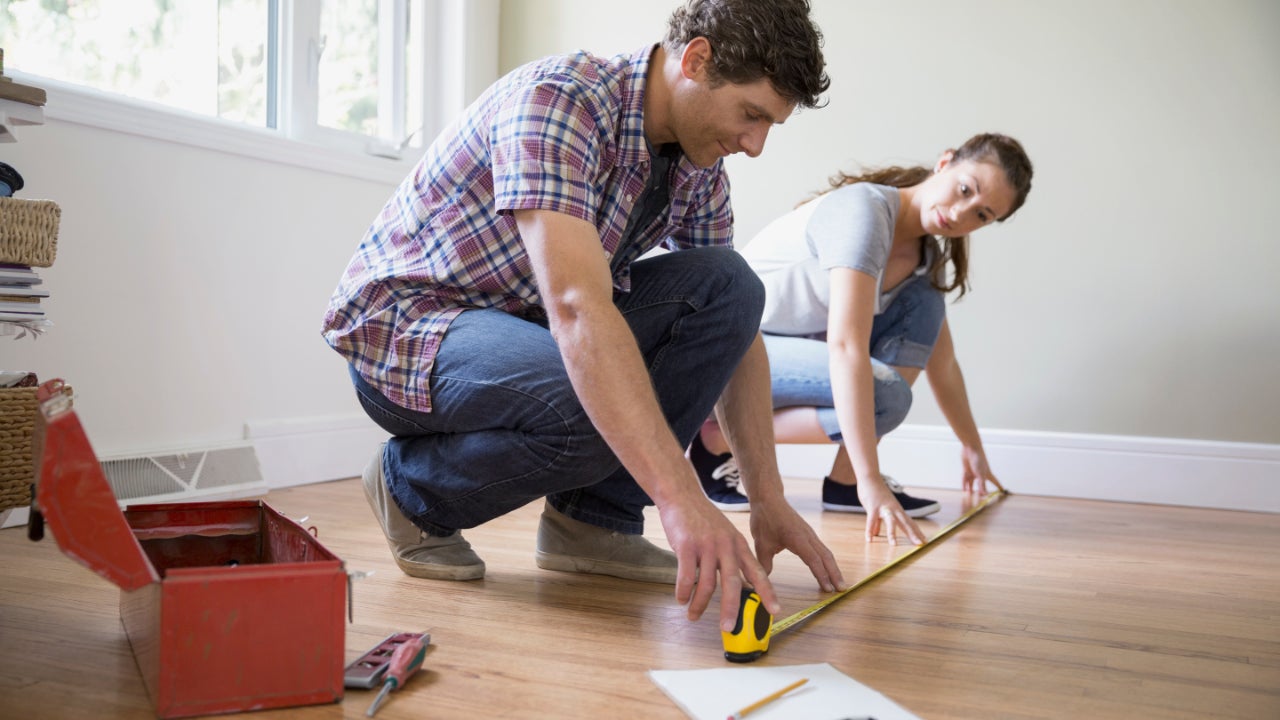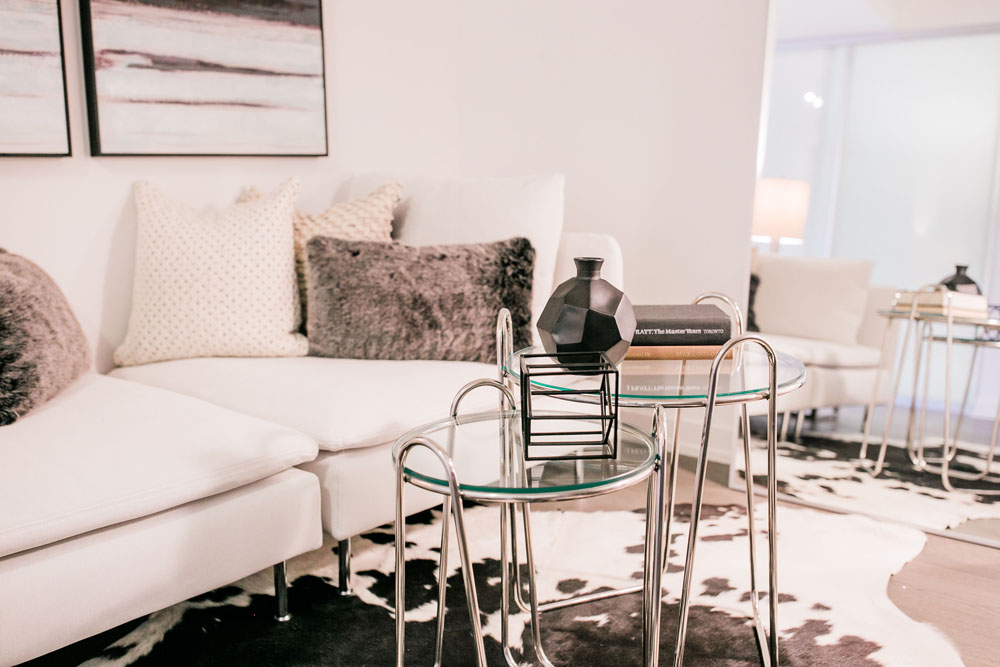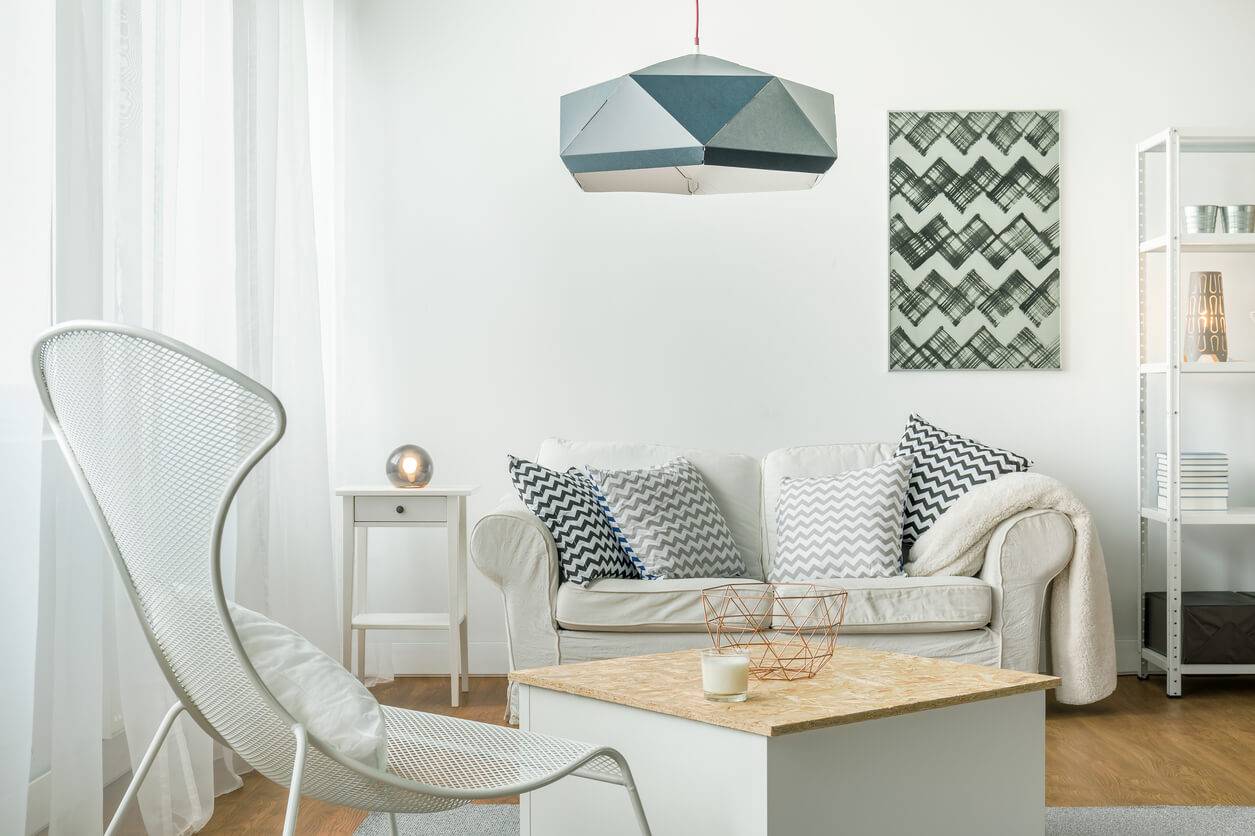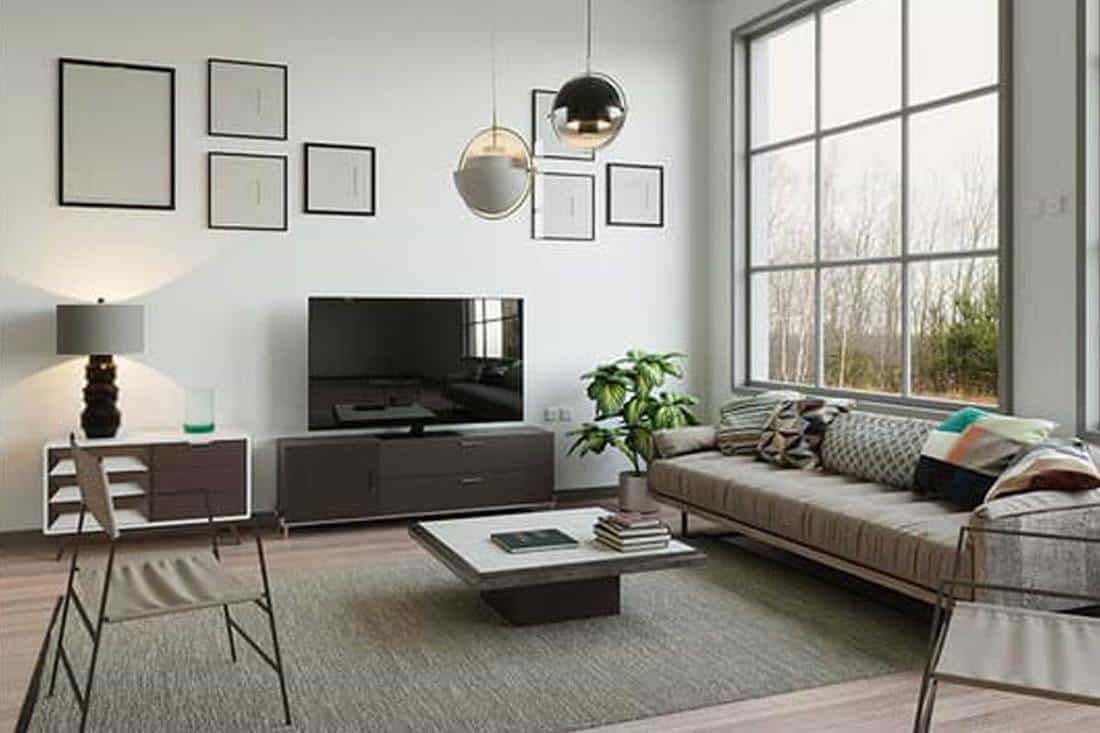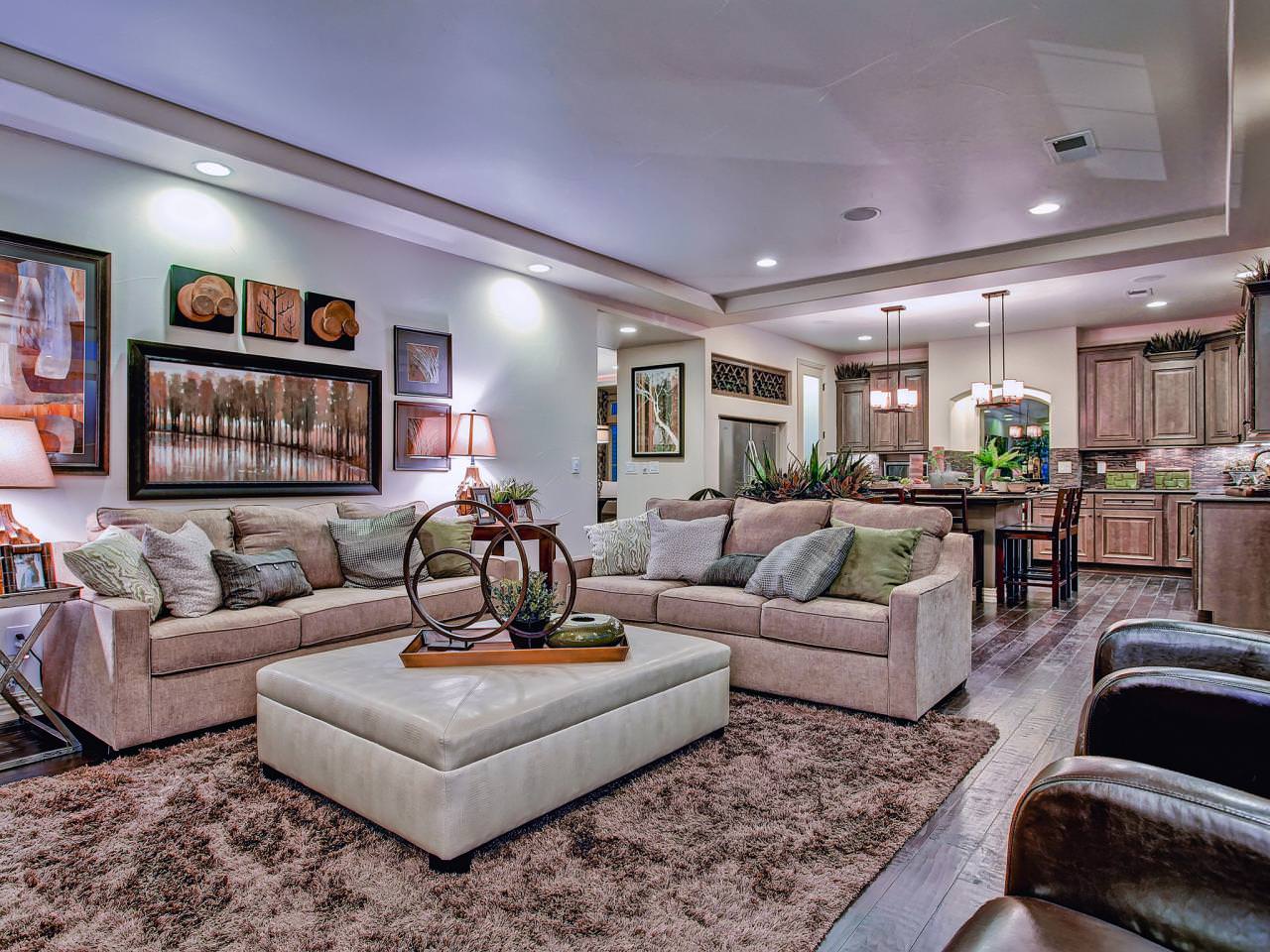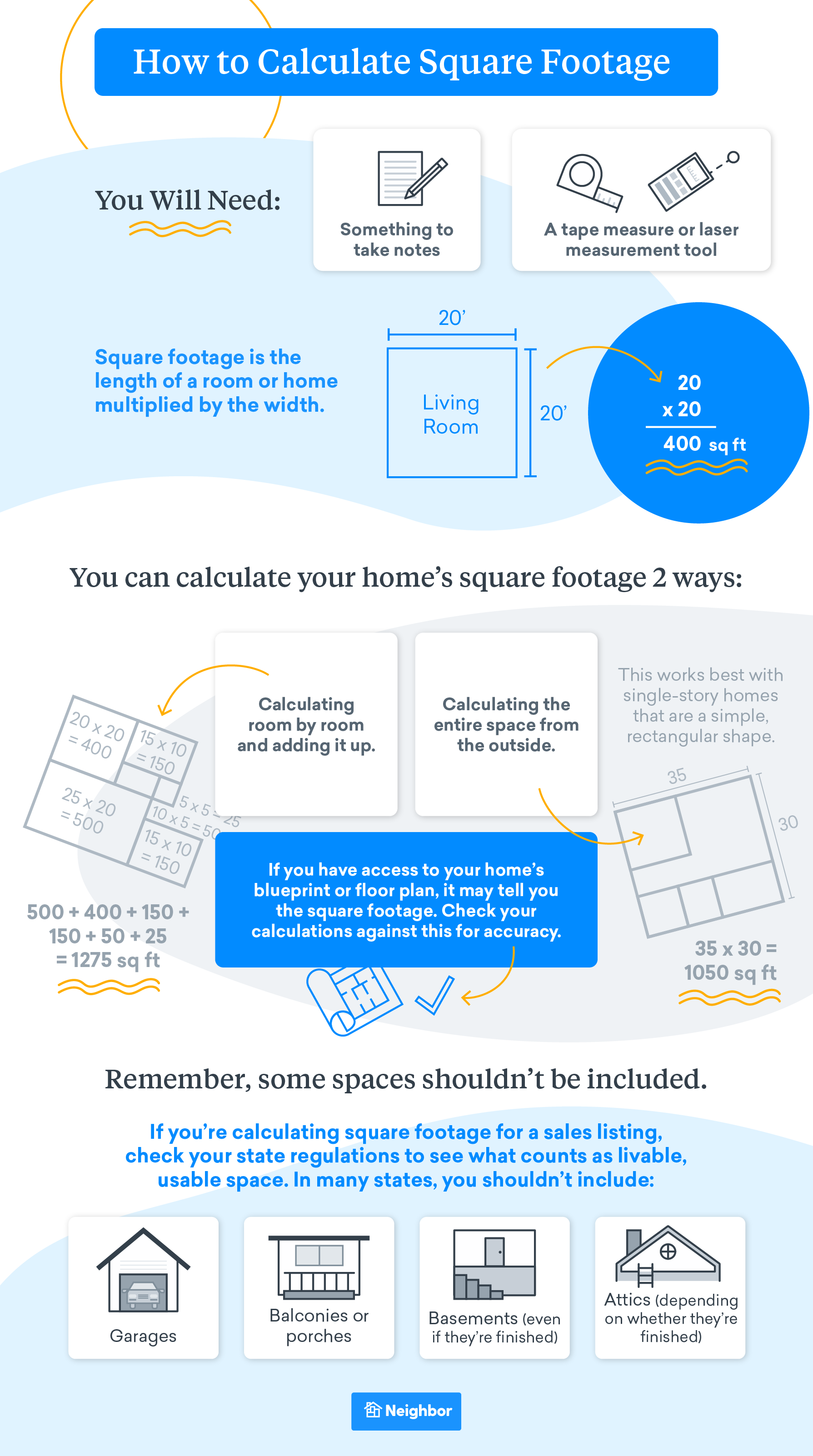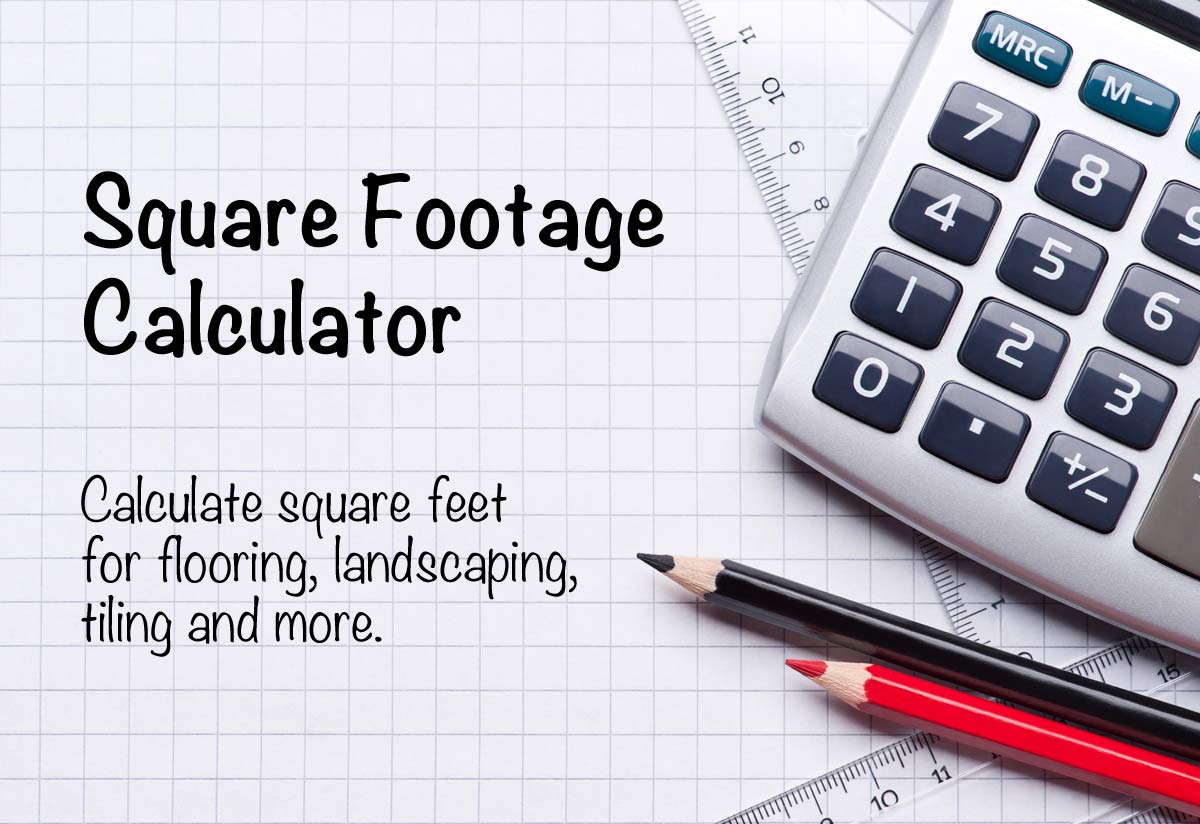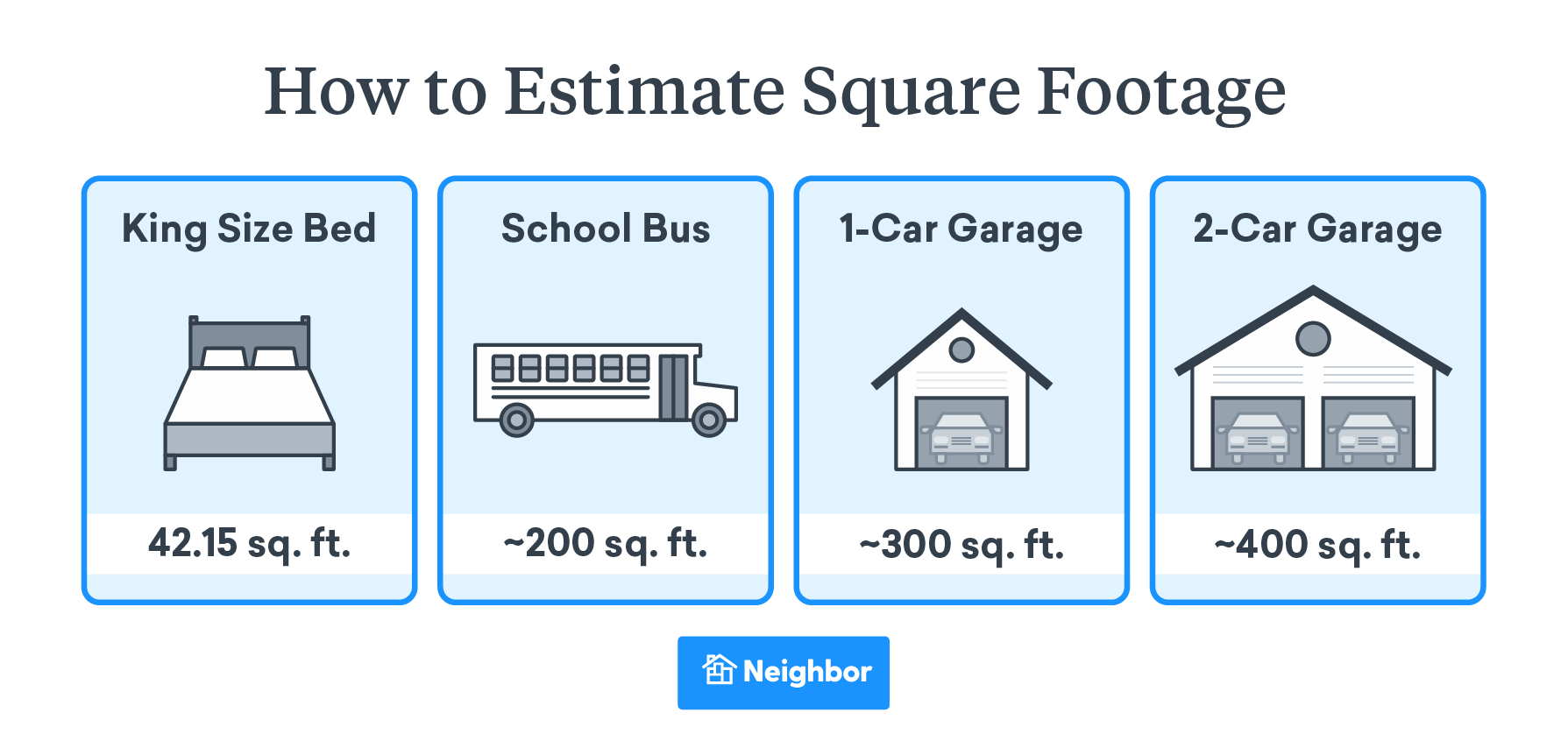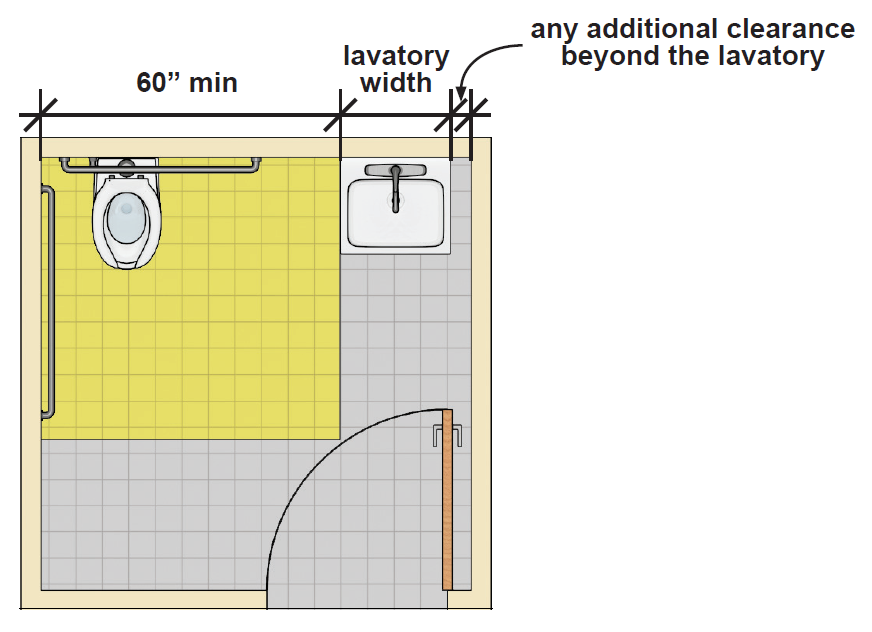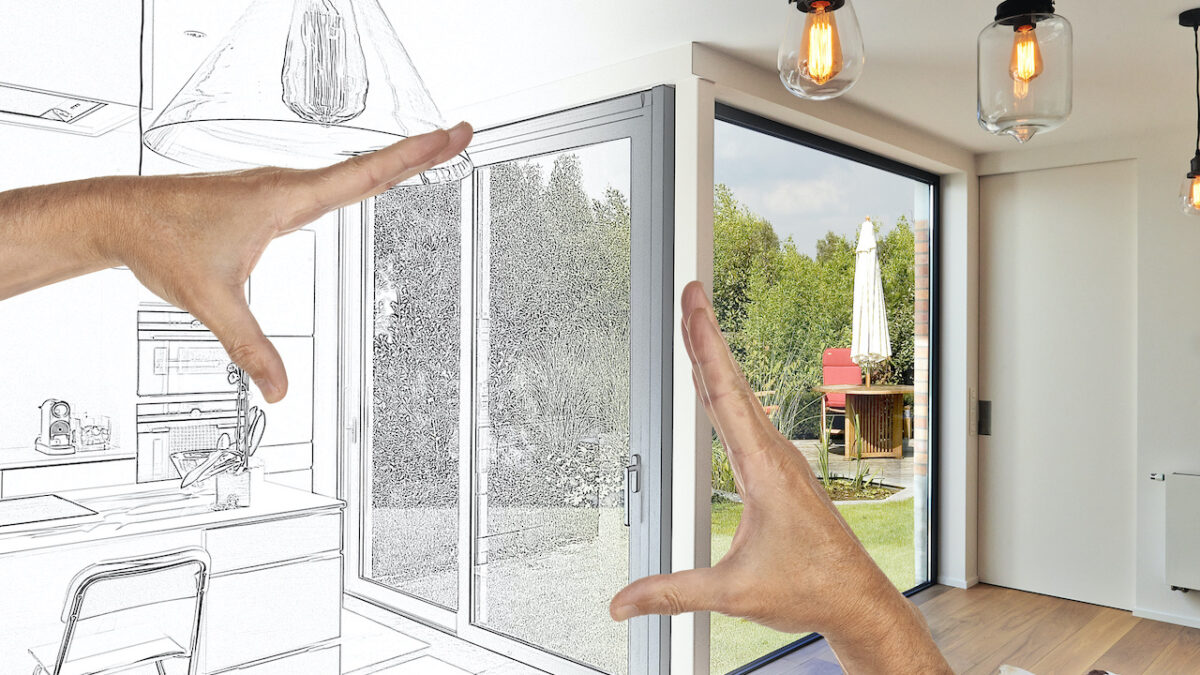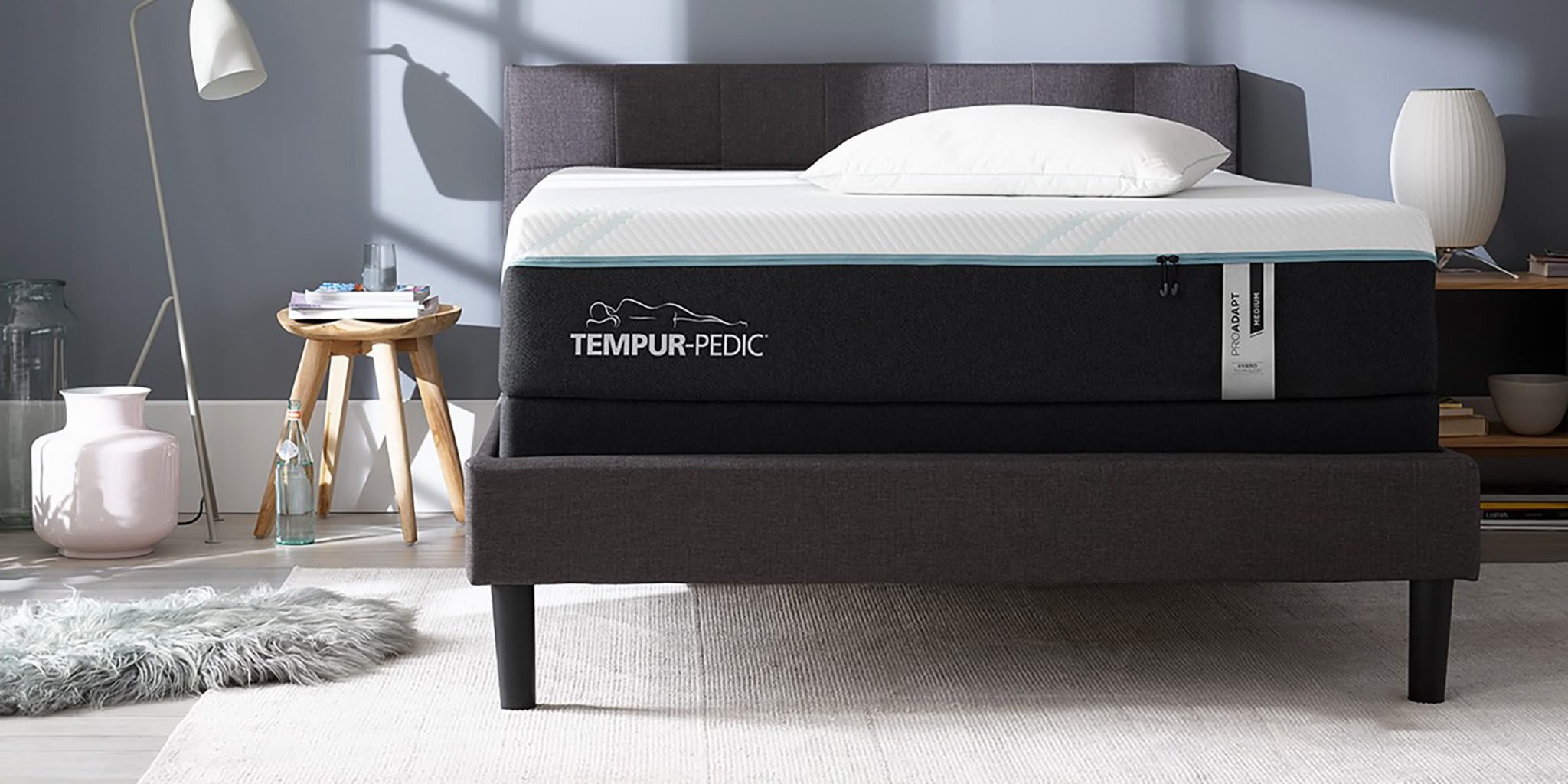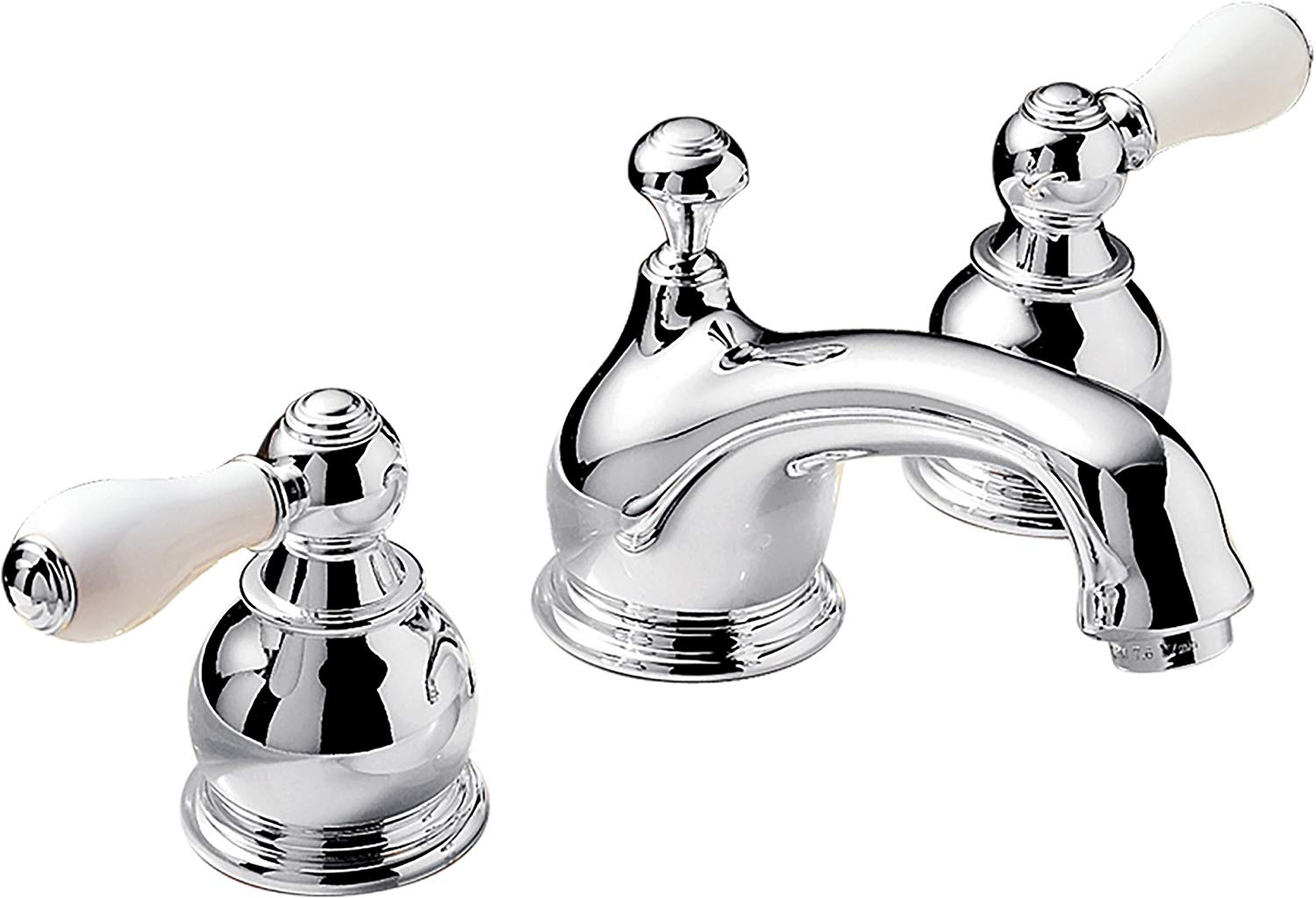Living room square footage is an important factor to consider when buying or selling a home, as well as when planning a renovation or redecorating. The size of your living room can greatly impact the functionality and layout of the space, as well as the overall value of your home. To help you determine the square footage of your living room, we have put together a living room square footage calculator and some helpful tips to make the process easier.Living Room Square Footage Calculator
If you are buying or selling a home, the square footage of the living room will most likely be included in the listing or appraisal of the property. However, if you are renovating or redecorating, you will need to measure the square footage yourself. The process is simple, but it is important to be as accurate as possible to ensure you have the correct measurements. Here's how to measure the square footage of your living room: Step 1: Draw a rough sketch - Start by drawing a rough sketch of your living room. This will help you visualize the space and make it easier to take measurements. Step 2: Measure the length and width - Using a tape measure, measure the length and width of your living room. Be sure to measure from wall to wall, not just the floor space. Write down these measurements on your sketch. Step 3: Multiply the length and width - Once you have your measurements, multiply the length by the width to get the square footage. For example, if your living room is 15 feet long and 12 feet wide, the square footage would be 180 square feet (15 x 12 = 180). Step 4: Measure any additional spaces - If your living room has any nooks, alcoves, or indentations, measure these spaces separately and add them to your total square footage. Step 5: Round up - When measuring, be sure to round up to the nearest whole number. This will give you a more accurate measurement of your living room's square footage.How to Measure the Square Footage of a Living Room
The average square footage of a living room can vary depending on the size of the home and the location. In general, the average square footage of a living room in the United States is around 330 square feet. However, this can range from smaller apartments with living rooms as small as 100 square feet, to large homes with living rooms over 500 square feet. When buying or selling a home, it is important to consider the average square footage of living rooms in your area. This can help determine the value of your home and give you a better idea of what to expect when looking at comparable properties.Average Square Footage of a Living Room
Small living rooms can be a challenge to decorate and maximize, but with some creative thinking, you can make the most out of your limited space. Here are some tips to help you maximize square footage in a small living room: Tip 1: Choose multipurpose furniture - When furnishing a small living room, it is important to choose pieces that serve more than one purpose. For example, a storage ottoman can be used as both a coffee table and extra seating, saving you space and providing storage options. Tip 2: Use wall space - In a small living room, it is important to use vertical space to your advantage. Consider installing shelves or floating cabinets on the walls to store books, decorative items, and other belongings that would otherwise take up floor space. Tip 3: Get creative with seating - Instead of traditional sofas, consider using chairs or loveseats in your living room. These smaller pieces can be arranged in different ways to maximize seating and create a more open feel in the room.How to Maximize Square Footage in a Small Living Room
When choosing furniture for your living room, it is important to consider the square footage of the space. Large pieces can quickly overwhelm a small living room, while small pieces can make a large living room feel empty. Here are some general guidelines for living room square footage requirements when choosing furniture: 1. Sofas - A standard sized sofa typically takes up around 15-20 square feet of floor space. If you have a small living room, consider opting for a loveseat or smaller sofa to save space. 2. Coffee tables - A coffee table can range from 10-15 square feet, depending on the size and shape. In a small living room, consider using a smaller coffee table or ottoman to save space and add functionality. 3. Chairs - Chairs can range from 5-10 square feet, depending on the size and style. In a small living room, consider using accent chairs or smaller chairs to save space and add variety to the seating options. 4. TV stands - A standard TV stand can take up around 5-10 square feet of floor space. If you have a small living room, consider mounting the TV on the wall to save space and create a cleaner look.Living Room Square Footage Requirements for Furniture
When installing new flooring in your living room, it is important to know the square footage of the space so you can estimate the cost of materials. Here's how to calculate the square footage of your living room for flooring: Step 1: Measure the length and width - Using a tape measure, measure the length and width of your living room. Be sure to measure from wall to wall, not just the floor space. Write down these measurements on your sketch. Step 2: Multiply the length and width - Once you have your measurements, multiply the length by the width to get the square footage. For example, if your living room is 15 feet long and 12 feet wide, the square footage would be 180 square feet (15 x 12 = 180). Step 3: Add extra for waste - When installing flooring, it is important to account for waste and extra materials. Depending on the type of flooring, it is recommended to add an extra 5-10% to your total square footage to ensure you have enough materials.How to Calculate the Square Footage of a Living Room for Flooring
In general, there is no minimum square footage requirement for a living room. However, some municipalities or building codes may have specific requirements for living room size, especially for new construction or renovations. It is important to check with your local authorities before making any changes to your living room. When buying or selling a home, there may also be minimum square footage requirements for financing or insurance purposes. Be sure to check with your lender or insurance company to see if there are any requirements for the size of your living room.Minimum Square Footage for a Living Room
If you are looking to increase the square footage of your living room, there are a few options to consider. However, keep in mind that these options may not be feasible for everyone, and it is important to weigh the costs and benefits before making any changes. Option 1: Knock down a wall - If you have a wall separating your living room from another room, you may be able to knock it down to create a larger open-concept space. However, be sure to consult with a professional to ensure it is not a load-bearing wall. Option 2: Add an addition - If you have the space and budget, you may be able to add an addition to your home to increase the size of your living room. This can be a costly and time-consuming option, but it can greatly increase the square footage and value of your home.How to Increase Square Footage in a Living Room
Maximizing Comfort and Functionality with the Right Amount of Square Feet of Living Room

Creating the Perfect Balance
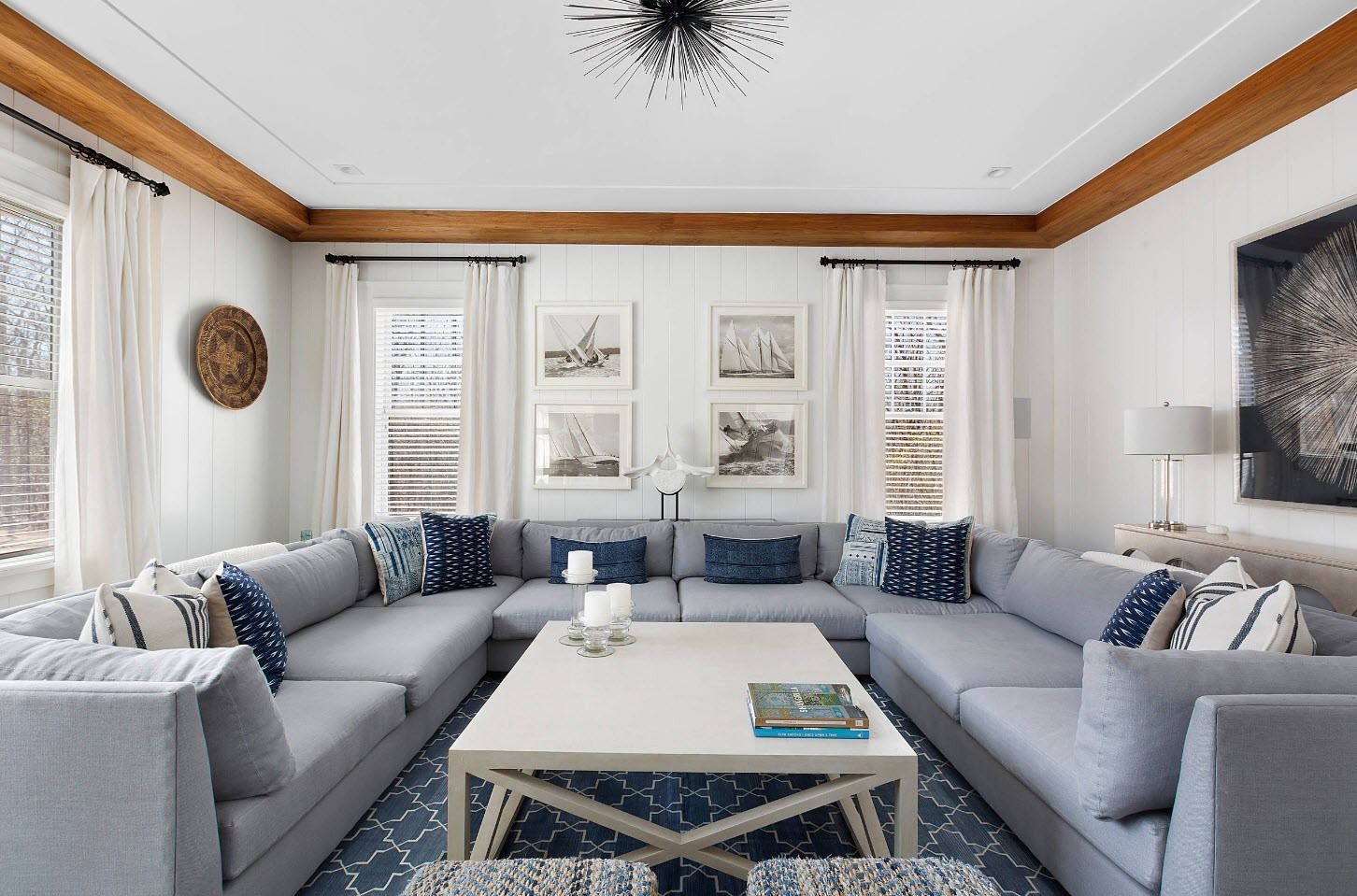 When it comes to designing a house, one of the most important factors to consider is the
square feet of living room
. This space serves as the heart of the home, where family and friends gather to relax, entertain, and make memories. As such, it is essential to find the perfect balance between comfort and functionality to ensure that this area of the house meets the needs and preferences of its inhabitants.
When it comes to designing a house, one of the most important factors to consider is the
square feet of living room
. This space serves as the heart of the home, where family and friends gather to relax, entertain, and make memories. As such, it is essential to find the perfect balance between comfort and functionality to ensure that this area of the house meets the needs and preferences of its inhabitants.
The Importance of Square Feet in a Living Room
 The
square feet of living room
plays a crucial role in the overall design and layout of a house. It determines the size and shape of the room, as well as the furniture and decor that can be accommodated. Too little square footage may result in a cramped and cluttered space, while too much may make the room feel empty and uninviting. It is essential to carefully consider the
square feet
and how it will be utilized to create a functional and comfortable living room.
The
square feet of living room
plays a crucial role in the overall design and layout of a house. It determines the size and shape of the room, as well as the furniture and decor that can be accommodated. Too little square footage may result in a cramped and cluttered space, while too much may make the room feel empty and uninviting. It is essential to carefully consider the
square feet
and how it will be utilized to create a functional and comfortable living room.
Designing for Comfort
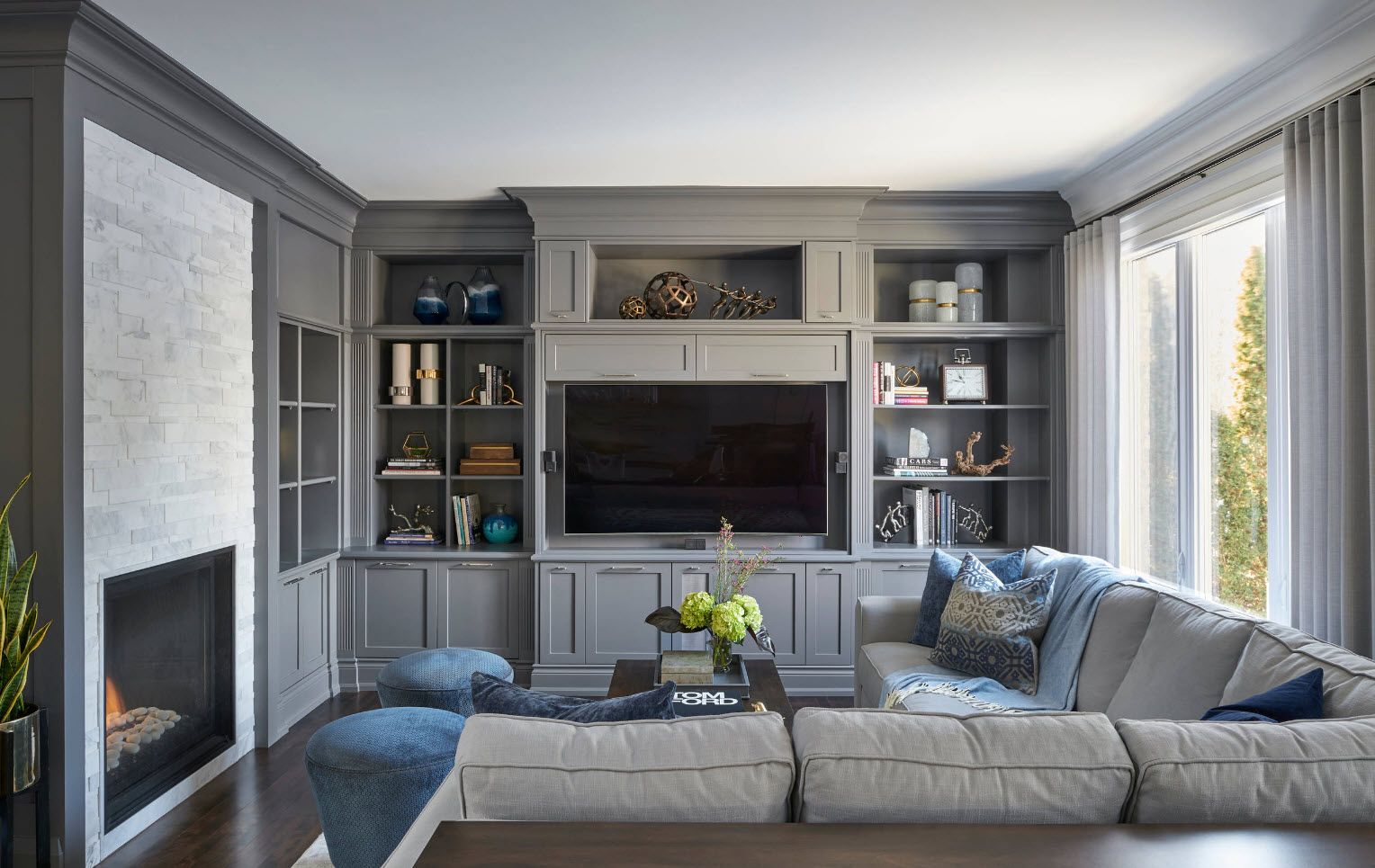 Comfort should be the top priority when designing a living room. This can be achieved by utilizing the right amount of
square feet
to allow for comfortable seating and movement within the room. A general rule of thumb is to have at least 30-40 square feet of living room space per person. This will ensure that there is enough room for everyone to sit and move around comfortably. Additionally, choosing the right type and size of furniture is crucial in creating a cozy and inviting living room.
Comfort should be the top priority when designing a living room. This can be achieved by utilizing the right amount of
square feet
to allow for comfortable seating and movement within the room. A general rule of thumb is to have at least 30-40 square feet of living room space per person. This will ensure that there is enough room for everyone to sit and move around comfortably. Additionally, choosing the right type and size of furniture is crucial in creating a cozy and inviting living room.
Maximizing Functionality
 Aside from comfort, functionality is also a key factor to consider when designing a living room. This involves utilizing the
square feet
in a way that allows for easy traffic flow and efficient use of space. For example, incorporating built-in shelves or storage units can help maximize the
square feet
while also keeping the room organized and clutter-free. Additionally, choosing multi-functional furniture, such as a coffee table with hidden storage or a sofa bed, can also help make the most out of the available space.
Aside from comfort, functionality is also a key factor to consider when designing a living room. This involves utilizing the
square feet
in a way that allows for easy traffic flow and efficient use of space. For example, incorporating built-in shelves or storage units can help maximize the
square feet
while also keeping the room organized and clutter-free. Additionally, choosing multi-functional furniture, such as a coffee table with hidden storage or a sofa bed, can also help make the most out of the available space.
In Conclusion
 The
square feet of living room
is a vital consideration in house design. By finding the right balance between comfort and functionality, this area of the house can become a welcoming and functional space for all to enjoy. Carefully planning and utilizing the
square feet
will result in a well-designed living room that meets the needs and preferences of its inhabitants.
The
square feet of living room
is a vital consideration in house design. By finding the right balance between comfort and functionality, this area of the house can become a welcoming and functional space for all to enjoy. Carefully planning and utilizing the
square feet
will result in a well-designed living room that meets the needs and preferences of its inhabitants.










_area-1_blog_page.jpg)






